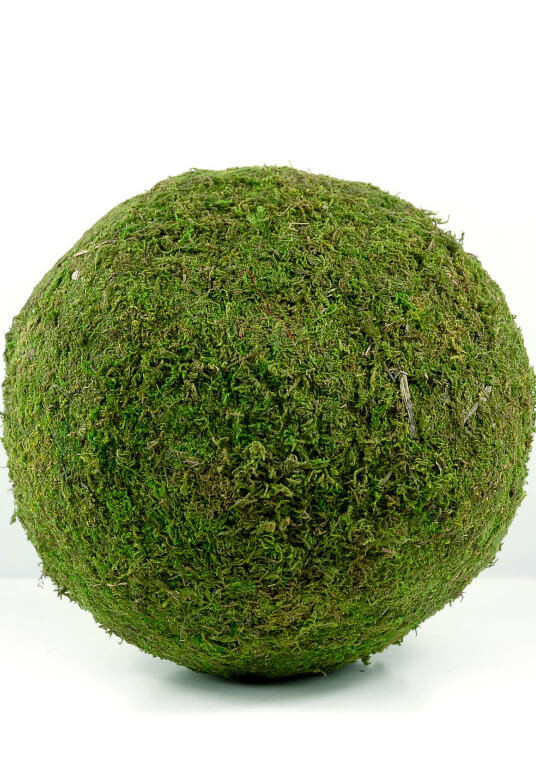
The nutrients are released during the ice-free period by sediment resuspension, diffusion, bioturbation and recycling. In winter, when the lake is ice-covered, the topmost 5-cm layer of sediment pore water has a hundredfold concentration of nutrients relative to the overlying lake water. Recycling of nutrients through internal loading is important and occurs on various time scales. Although much reduced, these effects have not disappeared yet, but overall the impact of the volcanic activity on the biota seemed minimal. A pulse of volcanic activity in 1975–1984 (the Krafla Fires) heated the groundwater entering the North Basin of the lake and changed its chemistry. Variation in precipitation is evened out by the porous volcanic soil and bedrock and the spring-water discharge is therefore very stable.

Variation in groundwater characteristics depends on percolation time and proximity to geothermal sources. The physical division of the lake into three main basins and the variation in chemical composition and temperature of the artesian springs feeding this shallow productive lake have large spatial effects.


Ecological features of Lake Myvatn and the outflowing River Laxá show a wide range of spatial and temporal variations.


 0 kommentar(er)
0 kommentar(er)
